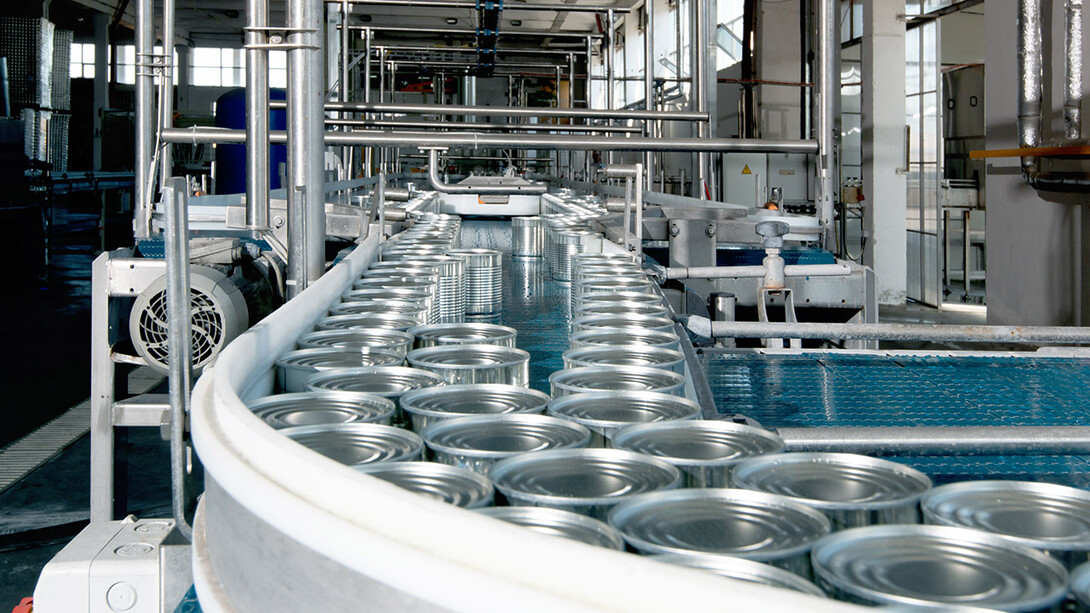
Nebraska’s leading economic indicator grew modestly in September, according to the most recent report from the University of Nebraska–Lincoln. The indicator, designed to predict economic activity six months into the future, rose 0.34%.
The modest increase in September followed a small decline in July and August.
“The leading indicator has been essentially flat over the past three months, suggesting a stagnant economy at the end of 2022 and the beginning of 2023,” said economist Eric Thompson, director of the Bureau of Business Research and K.H. Nelson Professor and chair of economics.
The six components of Nebraska’s leading economic indicator are business expectations, building permits for single-family homes, airline passenger counts, initial claims for unemployment insurance, the value of the U.S. dollar and manufacturing hours worked.
Three components of the leading indicator improved during September.
Hours worked rose in the Nebraska manufacturing industry, as demand continued to grow for food products.
“The labor market continues to strengthen in Nebraska,” Thompson said, as initial claims for unemployment fell in the state and respondents to the September Survey of Nebraska Business reported plans to increase employment over the next six months.
At the same time, rising interest rates are impacting the Nebraska economy.
“Higher interest rates lead to an increase in the value of the U.S. dollar, which creates challenges for agricultural producers, manufacturers and other businesses that compete in international markets,” Thompson said.
Read the full report and a technical report describing the indicators.







